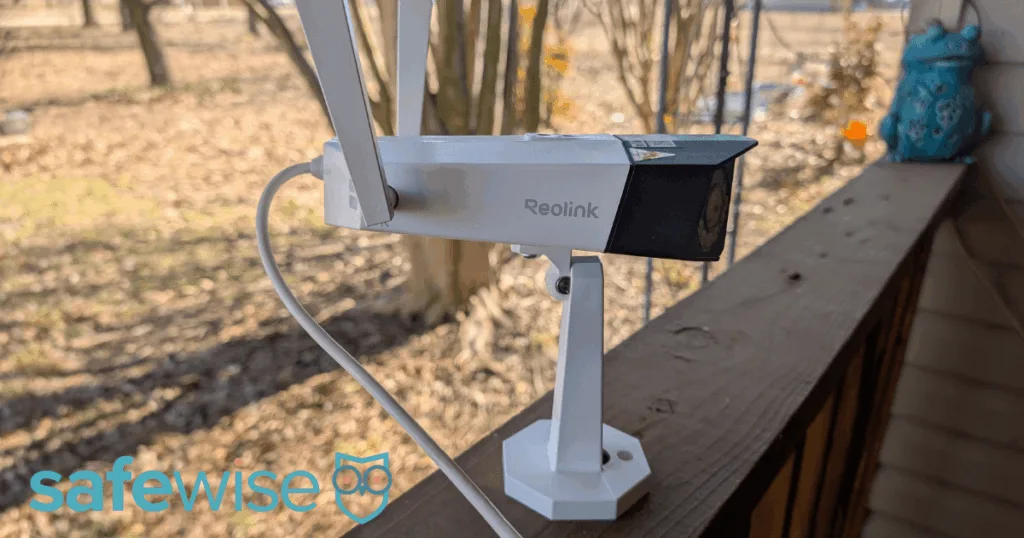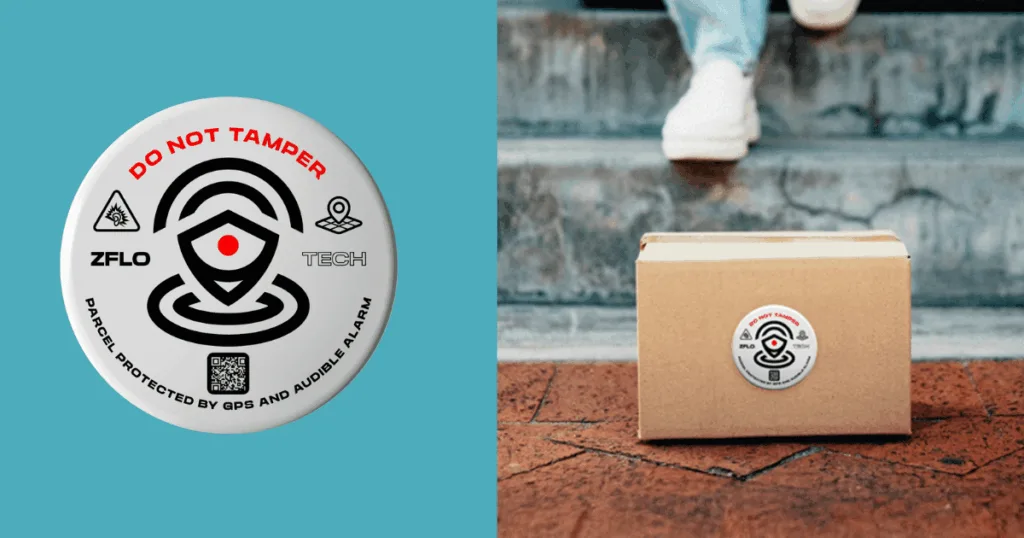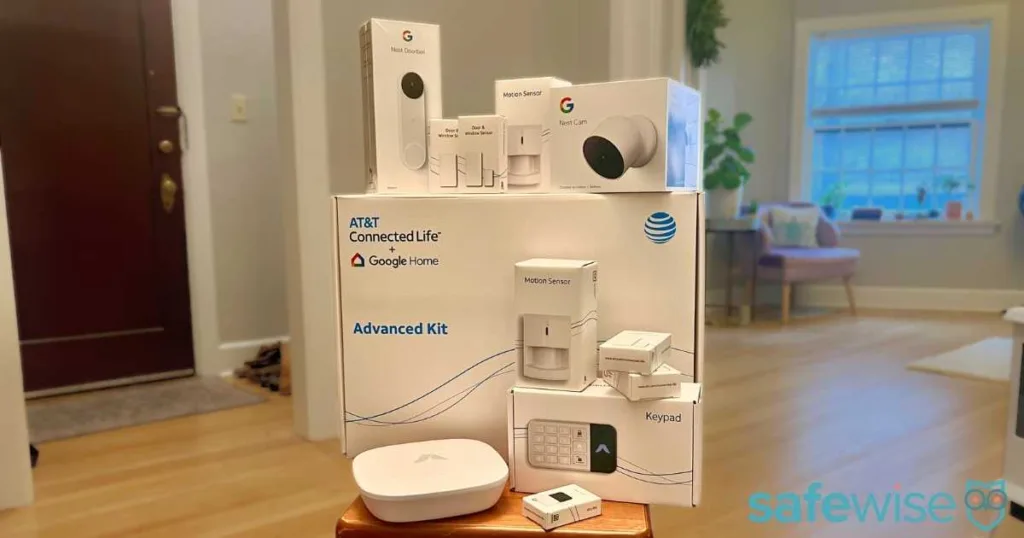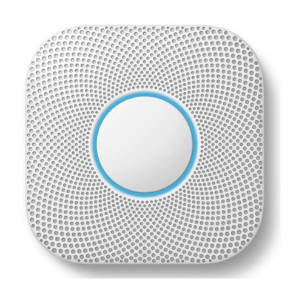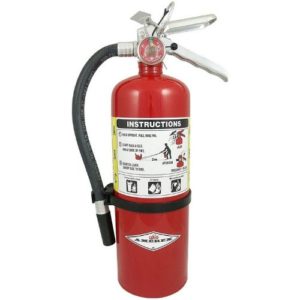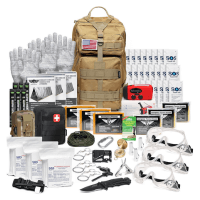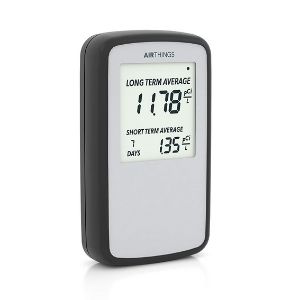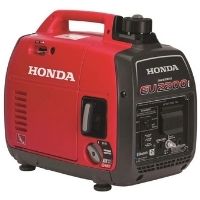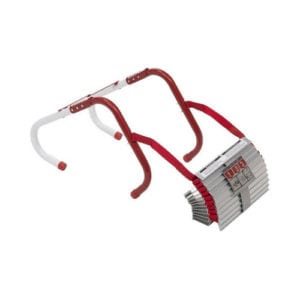Just as you should use both door and window sensors with your home security system, a smoke detector and carbon monoxide (CO) monitor should go hand in hand when it comes to protecting your home from smoke, fire, and poisonous gases. Many states require homes to have carbon monoxide detectors, but where and how many you install will vary based on your home’s layout and size.
Where Should I Install CO Monitors?
For over 12 years, SafeWise has conducted independent research, hands-on testing, and expert consultations to provide trustworthy, human-written home safety advice. Read our methodology.
By signing up, you agree to our Terms and Conditions and Privacy Policy.
To maximize your home’s security against high levels of carbon monoxide, place detectors in several key locations.
- On each level. Each level should have at least one monitor. Don’t forget to include your basement and attic as levels of your home.
- Near each bedroom. Make sure everyone in your home can hear the alarm sound—even if they’re asleep when it goes off.
- Next to attached garages. Cars release carbon monoxide when they’re running, and if a car is left running in your garage for too long, the gas can seep into your home.
- Anywhere manufacturers or state laws recommend. Some carbon monoxide detectors are designed to work in certain areas of your home, so check the manual. Additionally, certain states have specific regulations around CO monitor placement.
Carbon monoxide monitor placement
There’s a common misconception that carbon monoxide monitors should be installed near the floor. This is likely because some standalone units must be plugged in and most outlets are closer to the ground. However, as carbon monoxide is lighter than air and distributes evenly throughout a room, it’s better to install CO detectors at least five feet above the ground or a few feet below the ceiling.
To avoid false alarms and help your monitors accurately identify carbon monoxide levels in your home, make sure you keep them at least fifteen feet away from any fuel-burning appliances—such as a gas-powered stove, oven, or fireplace—fans, vents, windows, and humid rooms, like bathrooms.
Carbon monoxide monitor installation and maintenance
Depending on your preferences, you can purchase carbon monoxide monitors and smoke alarms separately, or buy combined devices that offer both in one. Regardless which route you take, choose an interconnected monitor so when one monitor sounds, the other monitors in your home will also sound.
Once your carbon monoxide monitors are installed, check the levels and test them once a month. If the battery starts running low, replace it immediately. Check out our buyers guide to see our top picks for carbon monoxide monitors.
Compare top home safety products
Amazon.com price as of post date. Offers and availability may vary by location and are subject to change. Read full disclaimer.
Google and Google Nest Secure are trademarks of Google LLC.
Recent Articles
